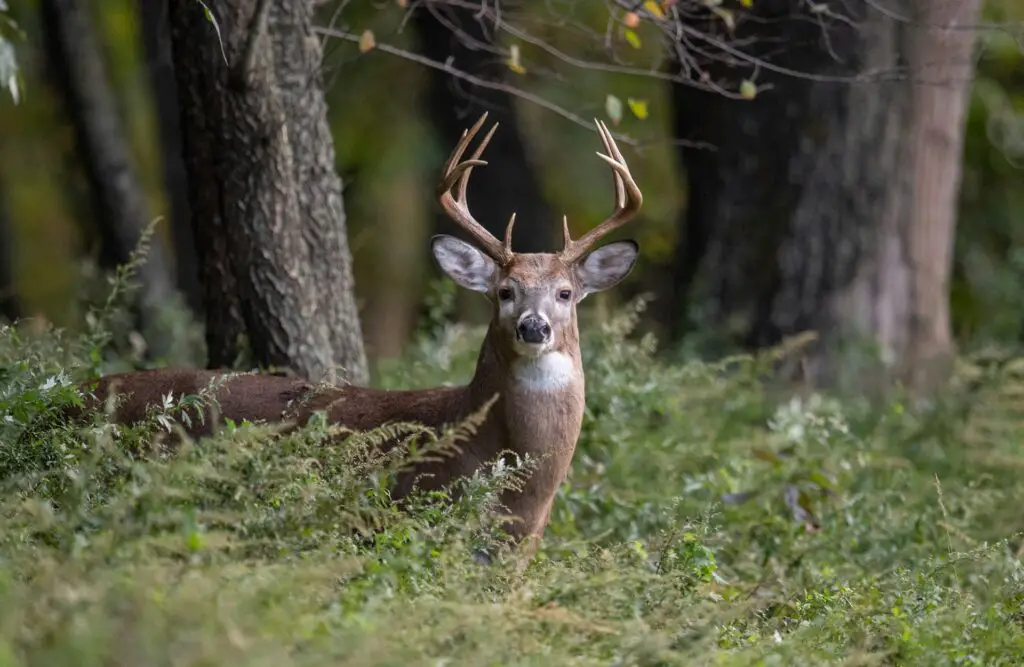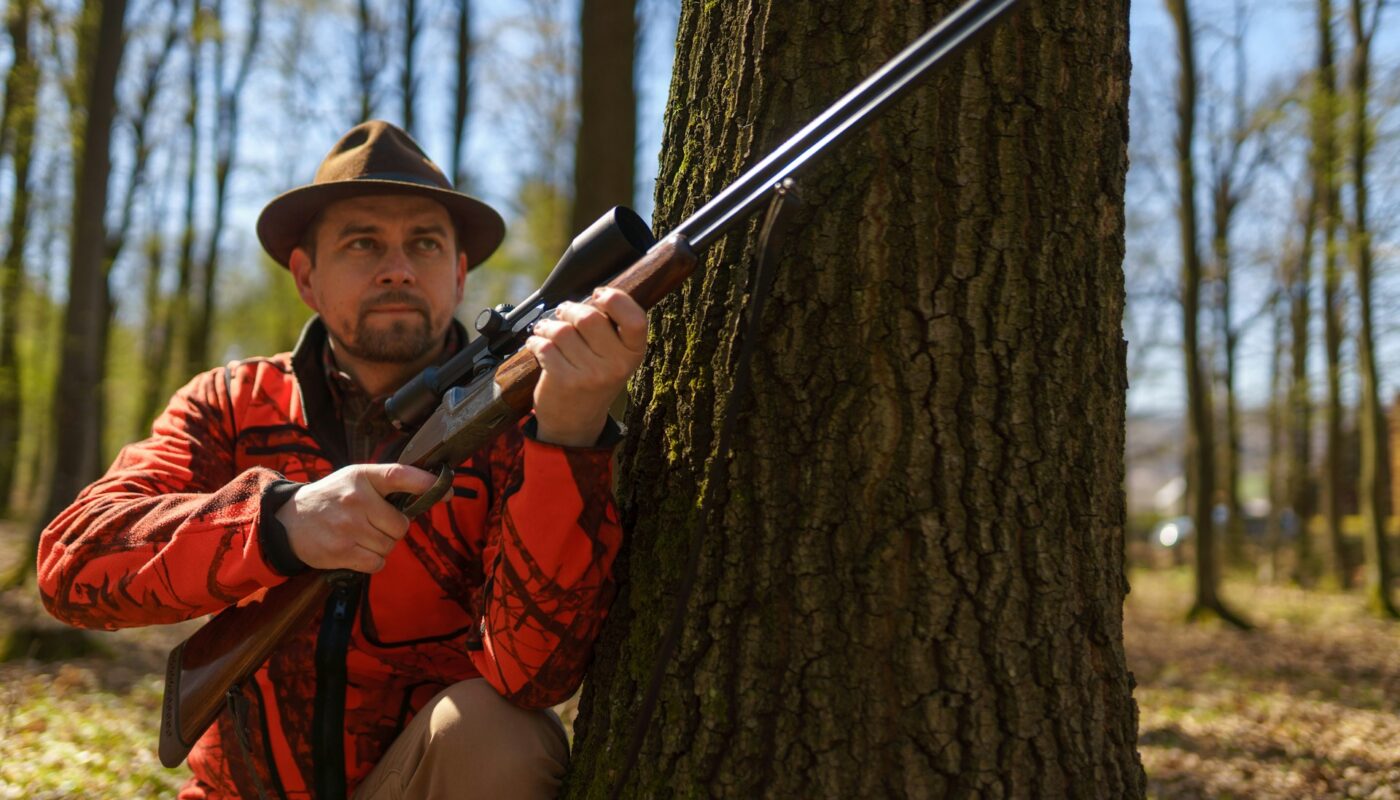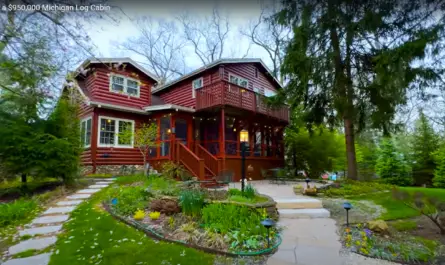Michigan deer hunting forecast points to strong numbers but warns of EHD, ice storm impacts, and tough U.P. winter conditions for 2025.
Michigan’s upcoming deer season may be strong overall, but wildcards including disease and storm damage threaten local outcomes. According to the Michigan Department of Natural Resources’ (DNR) 2025 deer hunting preview, deer harvest this fall could rival the robust numbers recorded in 2024 — yet significant regional variation is expected.
Headwinds from Winter, Ice Storm, Disease Could Reshape Hunt

The DNR report warns that heavy snow in parts of the Upper Peninsula may reduce deer numbers or hunter access. March’s destructive ice storm in the northern Lower Peninsula left many backcountry roads impassable and scattered downed trees that may hinder access over multiple seasons. Meanwhile, an ongoing outbreak of epizootic hemorrhagic disease (EHD) in the southern Lower Peninsula adds another complicating factor.
“Variability within each region occurs every year, but for 2025 the wild cards include the borderline severe winter conditions in the U.P., potential ice storm impacts … and the ongoing EHD outbreak in the southern Lower Peninsula,” said Brent Rudolph, the DNR’s deer, elk and moose management specialist.
Disease Spread Confirmed in Eight Southern Counties
EHD, a viral disease spread by biting midges, has been confirmed this year in eight southern Michigan counties — including Calhoun, Cass, Eaton, Jackson, Lenawee, Mecosta, Van Buren and Washtenaw. Rudolph noted that while past outbreaks have been locally intense, they have not historically undermined Michigan’s deer herds long term. The disease does not affect edibility of venison and there is no evidence humans can contract it from deer or midges.
Still, deer mortality can be high in certain zones before frost kills off the midges that transmit the virus. The DNR maintains an updated map of affected counties on its EHD resource page.
Michigan Deer Hunting Harvest Could Mirror 2024 — If Regions Cooperate
The timing for Michigan’s archery season is Oct. 1 to Nov. 14, with a late segment Dec. 1 to Jan. 1, 2026. The regular firearm season is Nov. 15–30, and muzzleloader season runs Dec. 5–14. Full details on licenses and regulations are posted on the DNR’s deer webpage.
In 2024, DNR data showed strong hunter participation and harvest numbers that matched or exceeded prior years, especially in southern Lower Peninsula counties. Rudolph projects a similar outcome statewide — assuming the regional conditions do not severely suppress harvests.
Thumb and Northern Lower Peninsula Impacts
While the DNR did not specify Thumb region counties by name, the northern Lower Peninsula may face access issues from lingering ice storm damage. Some backcountry roads and trails may remain impassable until salvage logging and cleanup finish. In contrast, deer numbers there are not expected to drop as sharply from disease pressure.
Hunters in the eastern Lower Peninsula — including the Thumb area — should monitor local conditions and emergency closures. Nearby southern counties are already reporting confirmed EHD cases.
Expert View: Vigilance Remains Key
Dr. Karen Rollins, wildlife epidemiologist at Michigan State University’s Department of Fisheries and Wildlife, cautions that even limited mortality in key corridors could disrupt migration and breeding patterns. “Localized losses may not decimate herds, but they can erode gene flow or push pressure onto adjacent areas,” she said in a 2024 MSU interview.
Rollins also emphasizes hunter reporting: “Timely submission of dead deer or suspected cases helps biologists track spread before frost ends transmission.”
What Hunters Should Watch and Do
• Check for road and trail conditions before heading out.
• Avoid harvesting deer that appear sick or weak. Although venison from healthy deer remains safe, visibly diseased animals are unfit to eat.
• Use the DNR’s Eyes in the Field reporting tool to submit sightings of dead or symptomatic deer.
• Pack flexible plans: If one area is heavily impacted by disease or storm damage, be ready to shift to alternate zones.
Michigan’s deer hunters have long adapted to variable winters, shifting populations, and disease outbreaks. The 2025 season may test that adaptability harder than most — but for those watching the woods, knowing where risks lie may make the difference between a solid season and a frustrating one.
Related reporting:
- Why hunters should be concerned as first EHD cases of 2025 pop up in Michigan
- Michigan deer viral disease alerts and regional impacts
- DNR’s confirmation of EHD in 2025 deer
Read More Interesting Feature Stories From ThumbWind
- Michigan Feature News Stories — Unveiling the diverse and vibrant people, captivating places, and remarkable events that come together to make the Great Lake State unique.
- Strange Political News — A sarcastic take on official news from around the U.S., exploring the absurdities that often arise in the political landscape while providing a humorous perspective on current events and highlighting the quirks of politicians and policies.
- Michigan Hometown News — News and events from Michigan’s Upper Thumb region worth knowing, including local stories, impactful interviews, and updates on community happenings that shape the culture and lifestyle of the area.
Your Turn – Like This, or Hate it – We Want To Hear From You
Please offer an insightful and thoughtful comment. We review each response. Follow us to have other feature stories fill up your email box, or check us out at ThumbWind News




